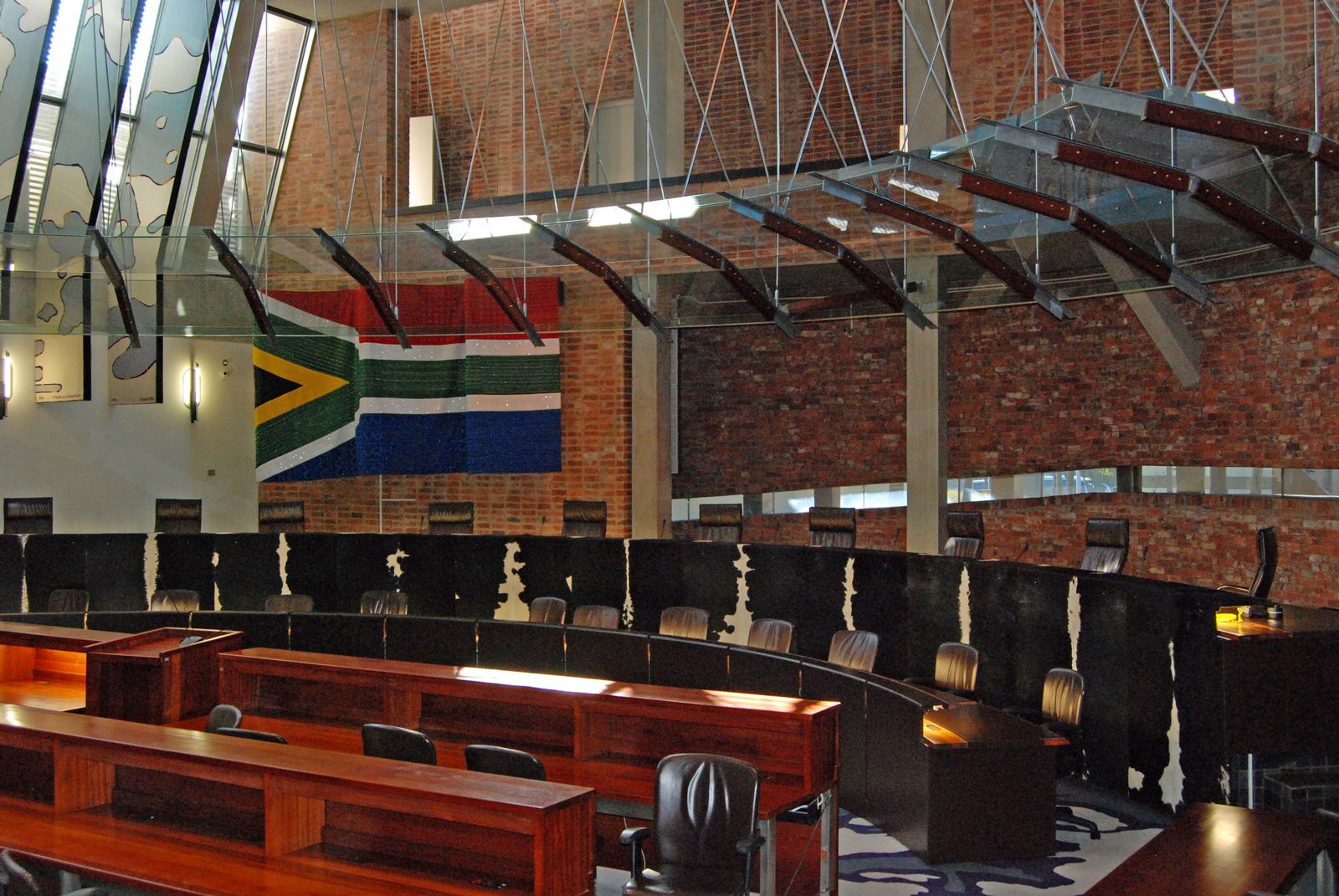
Can the South African Constitutional Court better serve South Africans by hearing more direct-access cases?
While there is some debate on the extent to which the law can improve implementation of economic and social rights, this much is clear: if the law is going to help at all, the poor must have access to courts. Across the developing world, and particularly in Latin America, one of the mechanisms adopted to facilitate this access is enabling people to directly petition the highest court to defend their rights (rather than only arriving there, perhaps, after many appeals through lower courts). Recognising how powerful this can be for disadvantaged populations, the South African Constitution allows direct access to the Constitutional Court when it is in the interests of justice.
Yet, in stark contrast to the highest courts in countries such as Colombia, Costa Rica and India, which regularly and generously grant direct access, the South African Constitutional Court only granted direct access in 18 cases in its first twenty years of operation (1994-2014). In comparison, the Constitutional Court of Costa Rica hears approximately 17,000 direct access applications each year (called amparos) and the Colombian Constitutional Court hears about 450 direct access applications each year (called tutelas).
The South African Constitutional Court has failed to utilise the direct access mechanism to proactively select deserving direct access cases from socio-economically disadvantaged groups. As the highest courts in other countries have realised, direct access is the mechanism over which judges have the most direct power to widen the doors of access to justice, particularly to disempowered applicants. But the South African Constitutional Court has failed to utilise the direct access mechanism to proactively select—not to mention to proactively seek out—deserving direct access cases from socio-economically disadvantaged groups. This failure has meant that, outside criminal cases in which there is legal representation at state expense, the Court’s roll is dominated by cases brought by empowered groups—groups with the funds to litigate through the various required stages to reach the Constitutional Court.
South Africa’s narrow approach has undermined the Constitutional Court’s ability to act as an institutional voice for the poor. Indeed, this dominance of empowered over disempowered litigants, especially in a Court that hears a relatively low number of cases each year, has two worrying implications for the transformative potential of the Constitutional Court. First, regardless of how “pro-poor” any Constitutional Court judge may be, if s/he hears only or mainly cases involving empowered litigants, s/he is likely to lose touch with the disadvantaged. As a result, the Court is likely to become increasingly elite.
Second, this resulting detachment from the lives of most South Africans limits the ability of the Court to foster the development of constitutionalism. Without a transformative direct access function, the Court’s ability to endenger public faith in the supremancy of the Constitution across the socio-economic divides will remain stunted.
Examining the details of the 18 cases reveals interesting insights into the Court’s restrictive approach. First, half of these applications were not authentic direct access cases in the sense that the issues had already been aired in another court, as opposed to being an original application.
Third, almost all of the 18 cases were brought by government agencies and revolve around maintaining the institutional coherence of government, whether in terms of the court system, including the administration of the justice department and courts, the criminal justice system including correctional services, the electoral system, inter-governmental relations, or a combination of these factors. This suggests that the Court’s main aim in advancing direct access is to resolve political rather than socio-economic questions.
Recent events, such as the fatal shooting of Andries Tatane by the police during a protest over the right to water, suggest that it is more critical than ever for constitutional litigation to be a serious avenue for contesting the lived reality of poverty and extreme inequality via the resolution of socio-economic questions (as well as political questions). This is all the more important given current perceptions, including by many in the government, that the Constitution is an elite document and that the Constitutional Court serves mainly elite interests. If the Constitutional Court were to embrace a more substantively pro-poor role including by advancing direct access, this could contribute greatly not only to material change and social justice, but also to the consolidation of democracy in South Africa.
